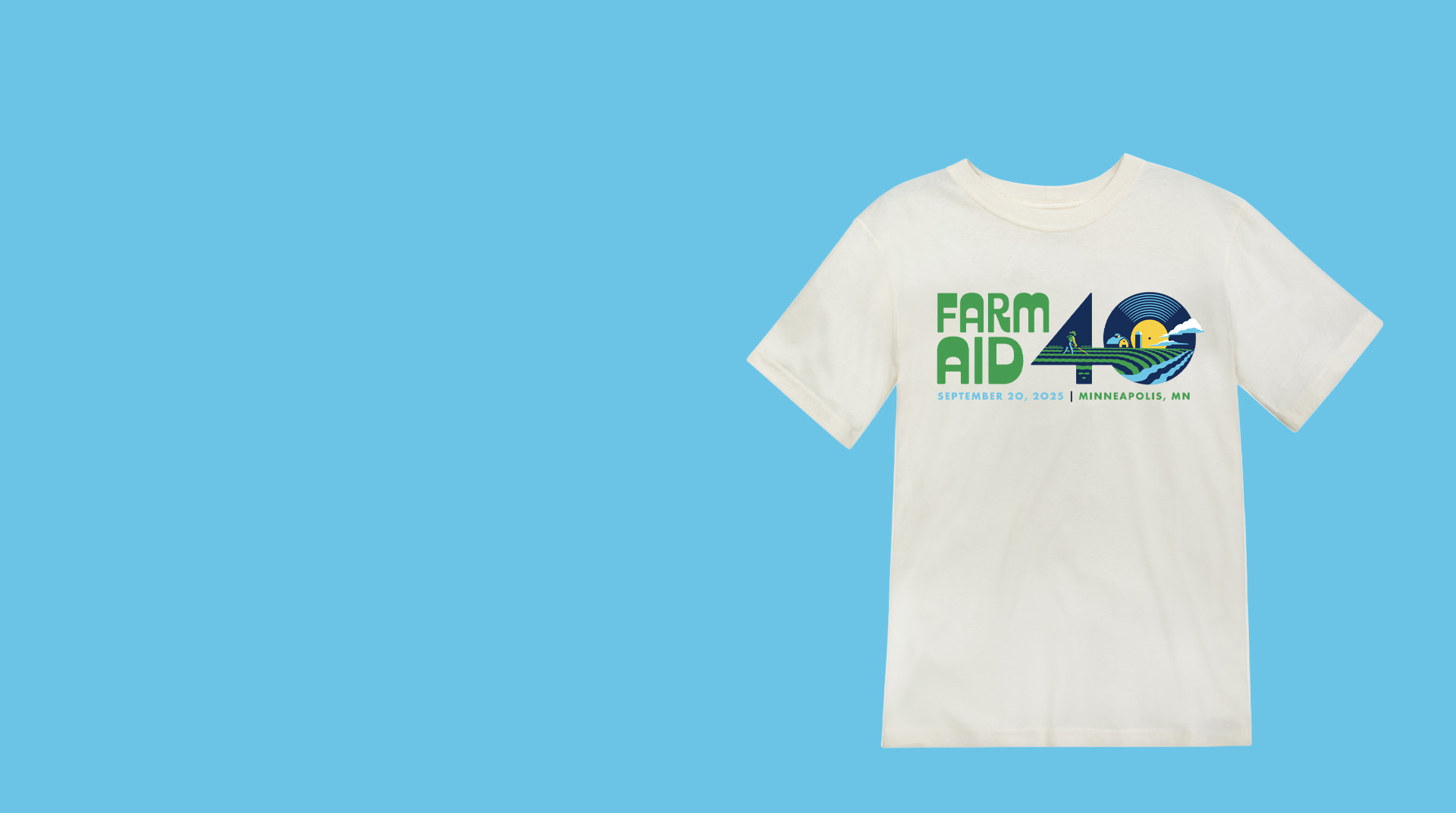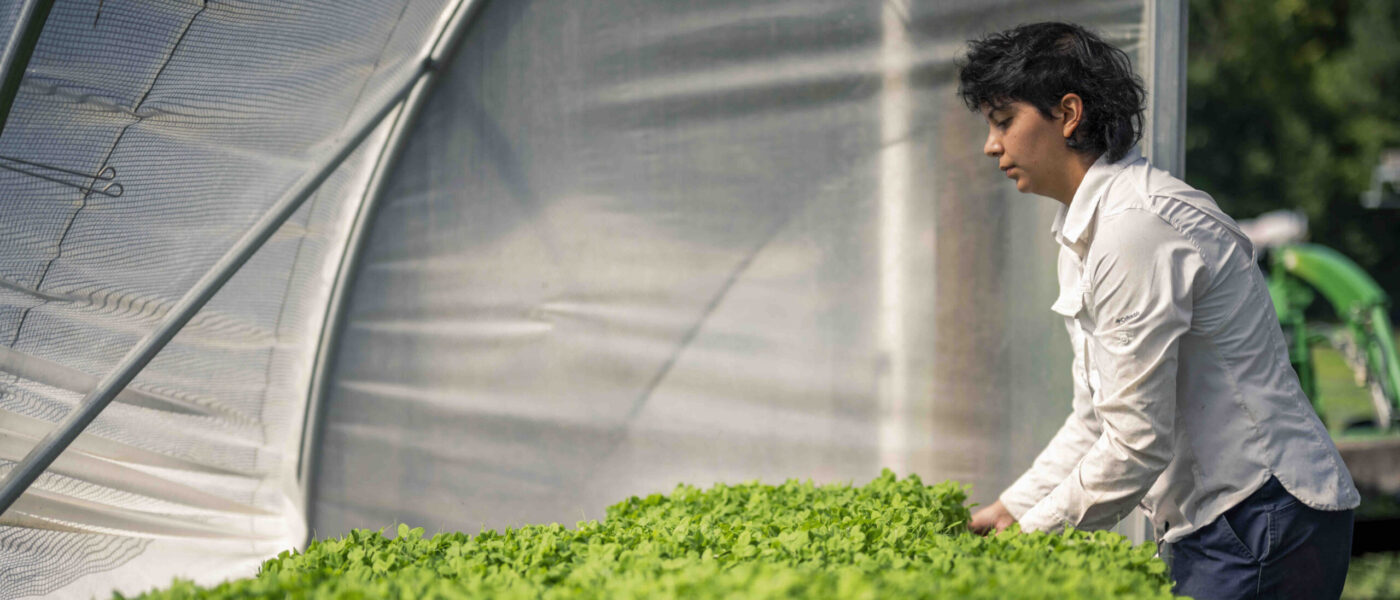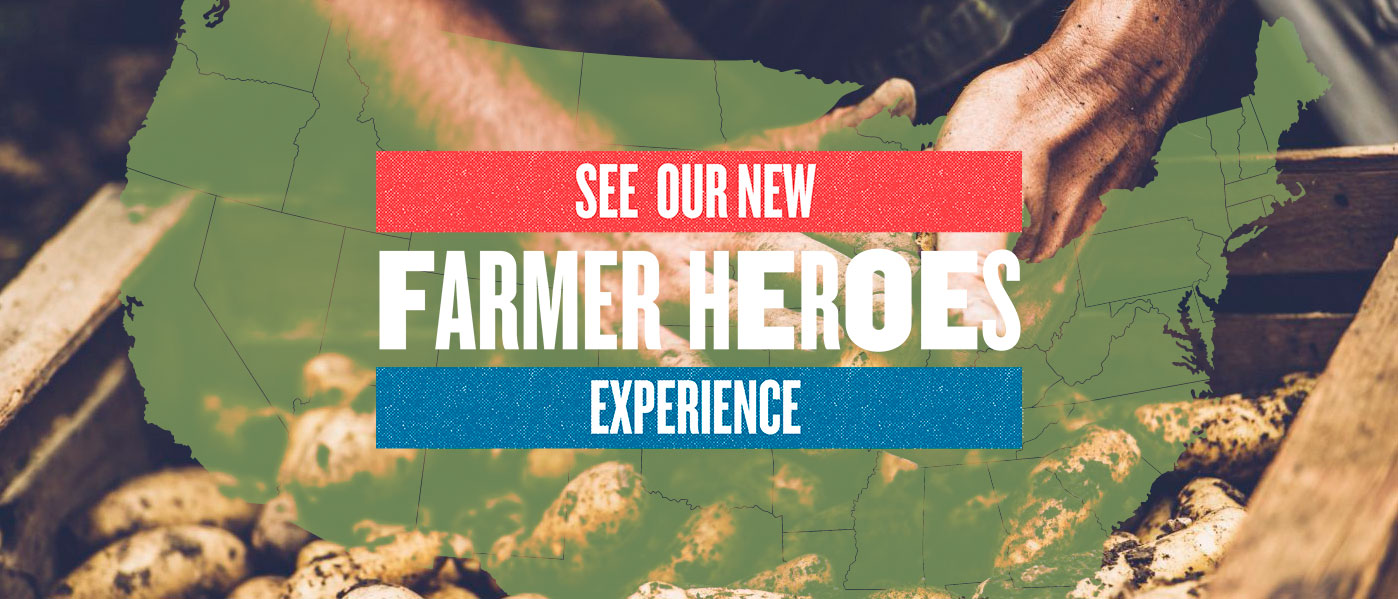Newcastle, WY
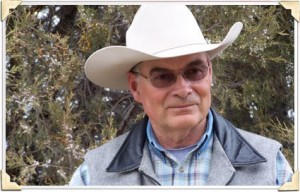 Donley Darnell and his wife Nancy are the third generation to run D&W Livestock, an extensive range operation in Northeast Wyoming. Nancy’s grandfather bought the ranch in 1947 and Donley and Nancy moved there when they were married in 1971. D&W Livestock has a strong future: the fourth generation, Donley and Nancy’s nephew, is a partner in the business and his children may grow up to be the ranch’s fifth generation.
Donley Darnell and his wife Nancy are the third generation to run D&W Livestock, an extensive range operation in Northeast Wyoming. Nancy’s grandfather bought the ranch in 1947 and Donley and Nancy moved there when they were married in 1971. D&W Livestock has a strong future: the fourth generation, Donley and Nancy’s nephew, is a partner in the business and his children may grow up to be the ranch’s fifth generation.
D&W Livestock is a cow-calf operation that includes about 1,000 head of Gelvey and Charolais cattle. The cattle graze on over 130,000 acres–a combination of deeded land, and public and private leased land. Donley spoke with Farm Aid after another night of calving, resulting in 10 new calves. In the fall, these calves will go to a custom feedlot for finishing and then they will become USDA inspected premium beef for export.
In addition to ranching, Donley is the chairman of the agriculture committee of Powder River Basin Resource Council, a Farm Aid-funded grassroots organization of farmers, ranchers and conservationists in Wyoming. In his role as chairman, Donley has become quite familiar with the National Animal Identification System (NAIS), a proposed tracking system for livestock in the U.S. that may have a tremendous impact on our farmers and ranchers.
According to the USDA, NAIS will protect the health of U.S. livestock and poultry and the economic well-being of those industries by providing a quick and effective trace-back system that can track an animal disease to its source. It entails a three-step process that calls for every person who owns livestock or poultry to register their premises (or property), tag each of their animals, and report any movement off the premises to a database within 24 hours. Tagged animals include cows, chickens, horses, sheep, goats, pigs, llamas, alpacas, elk, deer, bison, and turkeys, regardless of whether or not they are intended as a food source (personal or commercial). In other words, yes, even pets will have to be tagged. Group or lot identification would be allowed only where animals are managed as a group from birth to death and never commingled with animals outside of their production system. In practice, group identification would apply mainly, if not entirely, to confined animal feeding operations (CAFOs) and vertically integrated operations—providing a significant savings to industrial farms.
NAIS was introduced by the USDA in 2005 as a voluntary program with the goal to make it mandatory by 2009. Secretary of Agriculture Tom Vilsack is currently holding listening sessions across the country as he pushes for a mandatory rule for program implementation, but he’s encountering much opposition and the dialogue is sure to be lively.
As a full-time rancher whose livelihood depends on his cattle, Donley worries about what a mandatory NAIS program will cost him. USDA estimates have ranged from $3 to $20 per animal but, as is the case with all aspects of this program, details have been hard to come by. It is quite clear, however, that the cost to tag each animal will be prohibitive to many family farmers and ranchers.
Beyond the cost, Donley also questions the necessity of NAIS, which he says “appears to be a solution looking for a problem.” As he explains, there are already effective programs that track livestock animals and control and eradicate common livestock diseases like Bovine Spongiform Encephalopathy(more commonly known as mad cow disease), brucellosis, tuberculosis, foot-and-mouth disease, and others. The proposed NAIS program doesn’t improve upon these programs, which the USDA has acknowledged have been highly effective. As Donley explains, “No one really knows what this NAIS program would look like–we haven’t heard the details. Will NAIS replace these other disease programs or will NAIS be in addition to those?”
Donley also sees NAIS as a threat to farmers producing for the export market. Donley takes voluntary steps to age- and source-verify his cattle, which means he receives a higher price per head because they meet the strict requirements of the export market. Under NAIS, all cattle born in the U.S. would officially be verified as having a U.S. origin, and meatpackers would no longer have to pay a premium to U.S. cattle producers (although they would take their own premium from the export market).
Since NAIS has been proposed as a food safety program, one might think it is the answer to outbreaks of food-related illnesses such as Salmonella, in which contamination occurs off the farm during processing. But, as Donley points out, NAIS does nothing to stop or track contamination during processing. In fact, the NAIS traceability ends once the animal enters the slaughterhouse, which means if you obtain a food-borne illness from eating a hamburger, NAIS does not provide any traceability whatsoever.
Donley points out that if the USDA really wanted to protect the food supply, they would allow cattle producers to test their cattle for mad cow disease and they would more closely monitor cattle imports to ensure the health of cattle entering the U.S. The livelihood of ranchers depends on the health of their herds. They want to ensure the health of their animals and the safety of the food supply. But NAIS does neither of those things and threatens to drive small farmers and ranchers out of business.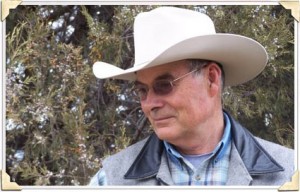
You can weigh in on this issue and protect our family farmers and ranchers! Please send your comments about the proposed NAIS to animalidcomments@aphis.usda.gov.
